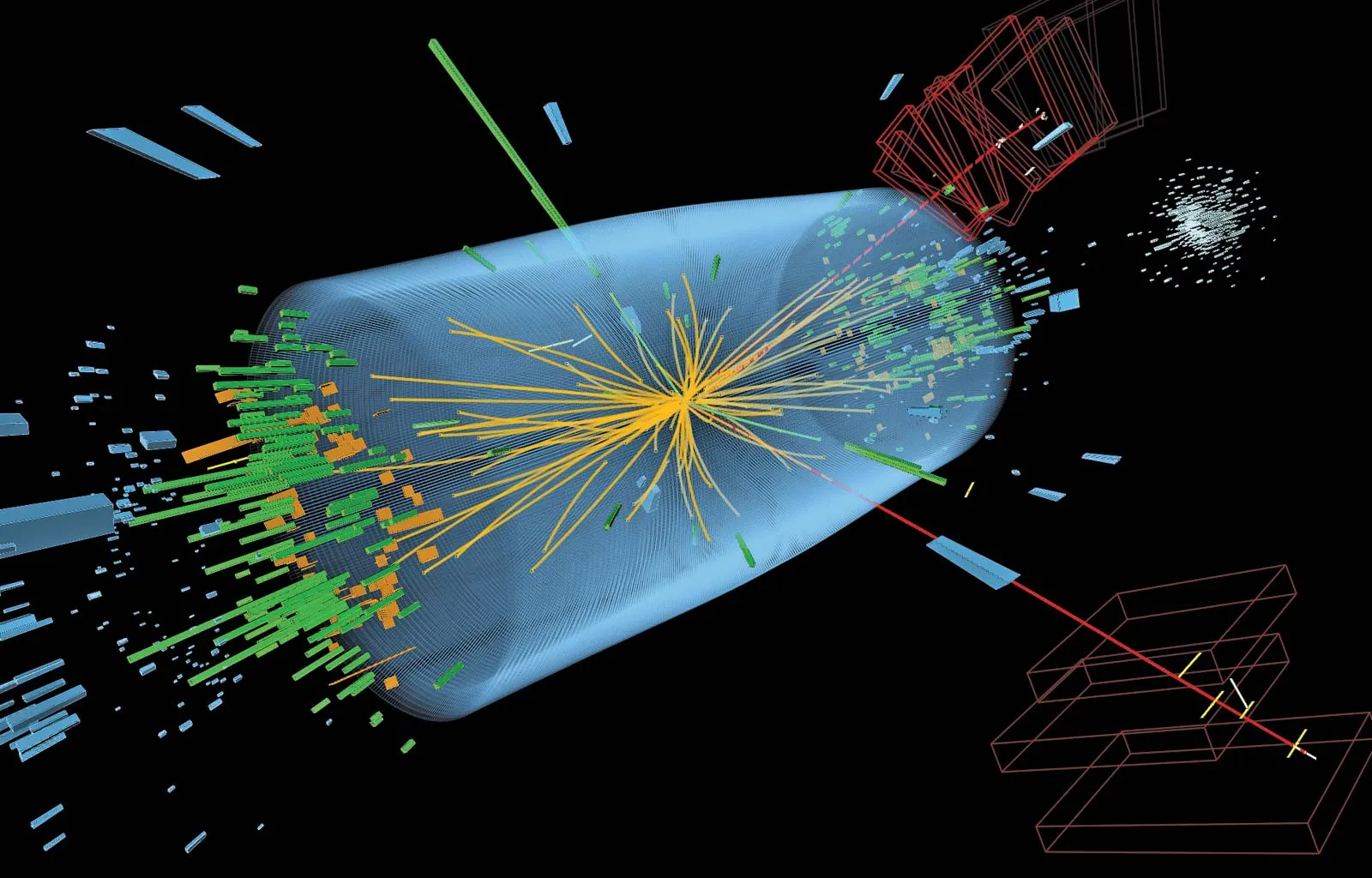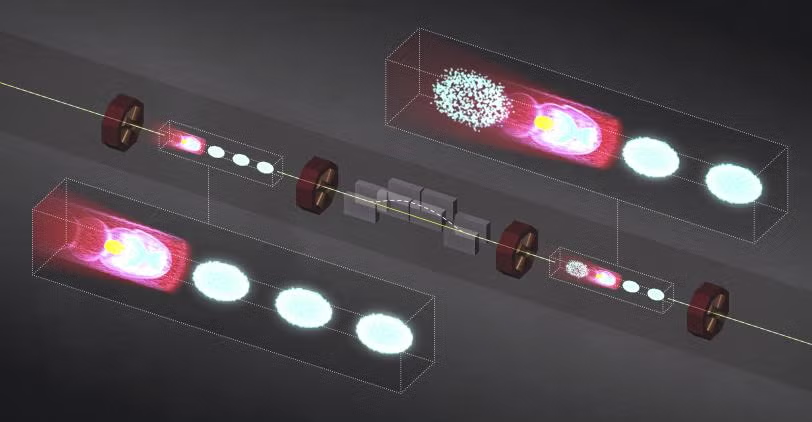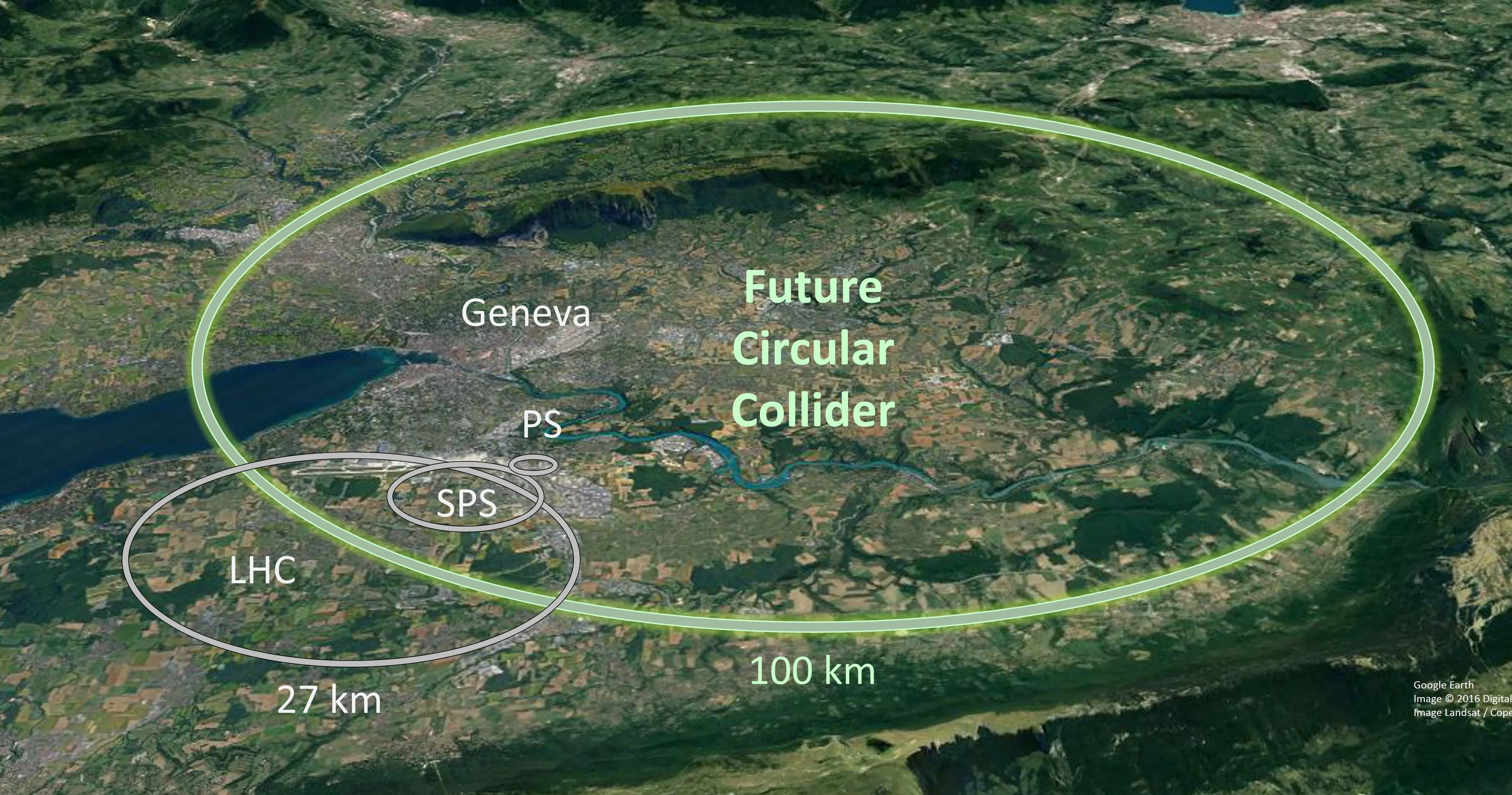If you think today's colliders are wild, just waitfuture particle accelerators are prepping to slam the universe so hard, it might confess its deepest secrets. We're talking mysteries beyond the Standard Model: the weird quantum leftovers, shadow particles, Higgs drama, and whatever's behind the cosmic curtain.
From Colliders to Cosmic Microscopes
Next-gen machines like the Future Circular Collider (FCC), the International Linear Collider (ILC), and even compact plasma wakefield accelerators aren't just upgrades. They're paradigm flamethrowers. These colliders aim to reach energies 10x or more what the LHC can deliver.
Why go bigger? Because the universe is stingy with answers. To find new physics, you've got to knock particles together harder than an over-caffeinated toddler with action figures. The FCC could help reveal dark matter candidates, hidden dimensions, and the secrets of the Higgs field.
WaitThe Higgs Can Do What Now?
The Higgs boson might be the chillest celebrity in physics, but its self-interactions could literally decide the fate of the universe. If the Higgs self-coupling is weak enough, our vacuum might be metastable. As in, we're living on borrowed time. Measuring this could help confirm if we're in a stable valley or on a quantum ledge.

Recorded in 2012 by the CMS detector at the LHC, this 8 TeV proton-proton collision produced two Z bosonsone decaying into electrons (green), the other into muons (red). The combined mass was near 126 GeV, exactly as expected if the observed particle were the Higgs boson decaying into two Z bosons.
Quote of existential dread: "The Higgs boson might hold the key to the end of the universe." Oof.
Top Quarks and Drama
The top quark is the beefiest particle in the Standard Model, and it flirts the most with the Higgs. Any small deviation in its behavior could scream "new physics!" Precision measurements of the top's mass and interactions could unlock extensions like supersymmetry, or rule them out altogether.
Other Frontier Quests
- Searching for Z′ bosons: Because the Standard Model might be hiding a cousin no one's invited to the party yet.
- Composite Higgs bosons: Maybe the Higgs isn't fundamental. Maybe it's built out of… stuff.
- Matter-Antimatter Asymmetry: Future colliders could help answer why there's more matter than antimatter. Spoiler: we shouldn't be here. But we are. Weird.
The Tech That Makes Sci-Fi Jealous
Plasma wakefield accelerationsounds like something you'd see in a Marvel movie. But it's real. Instead of needing a 27-km ring, this method could smash particles in a lab-sized device by riding on waves of plasma. It's still in development, but the results are promising enough to make old-school magnets sweat.

An electron bunch (blue) races into plasma (pink), like a cyclist cutting through air, creating a wake. The main bunch (yellow) "drafts" behind it, gaining speed. A chicane acts like a pit stopswapping the tired lead (dotted blue) with a fresh rider (solid blue), who keeps the boost going.
Credit: Greg Stewart/SLAC National Accelerator Laboratory
To understand how particles move in fields or how collider energies work, we use a few helpful equations:
Synchrotron Radiation Loss:
This tells us how much energy a charged particle loses while being curved in a circular accelerator. That's why bigger rings (like the FCC) help reduce this loss for high-energy particles.
Higgs Self-Coupling Potential:
This classic potential describes how the Higgs interacts with itself. Changing \( \lambda \) could mean an entirely different vacuum structureaka new physics.
Beam Energy:
Simple but powerful. Higher \( \gamma \) means more relativistic energy, the holy grail of accelerator output.
Warning: Use these formulas responsibly. Side effects include spontaneous daydreaming, math headaches, and existential crises.
Conclusion: A Collider-Heavy Future
Whether it's confirming if we're living in a false vacuum, explaining why there's more matter than antimatter, or discovering new particles, the next-gen colliders will be our window into what lies beyond the familiar quantum soup. The future of particle physics might just depend on how fastand how hardwe're willing to smash stuff.
So here's to building bigger hammers, chasing smaller nails, and maybejust maybecatching the universe off-guard.
